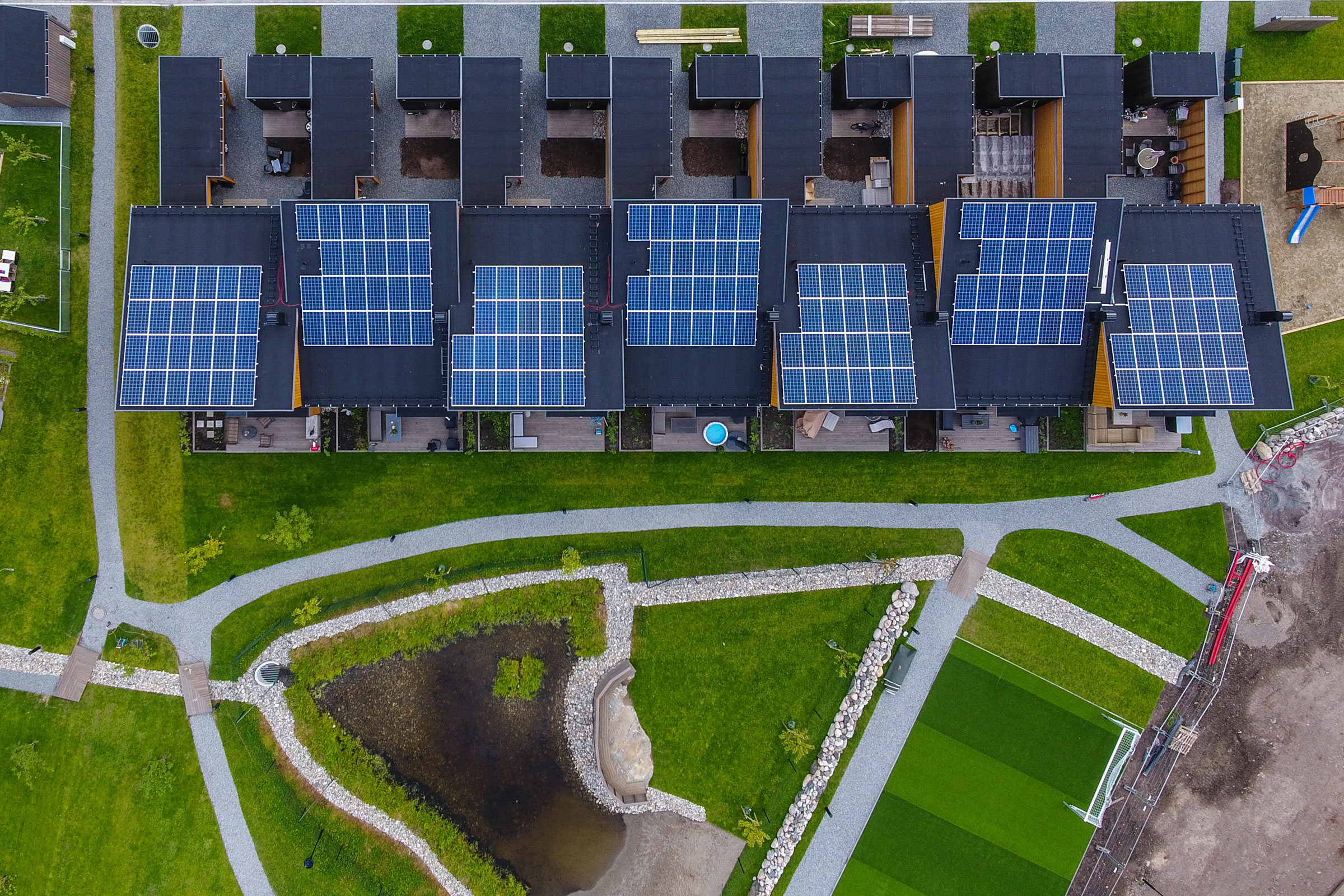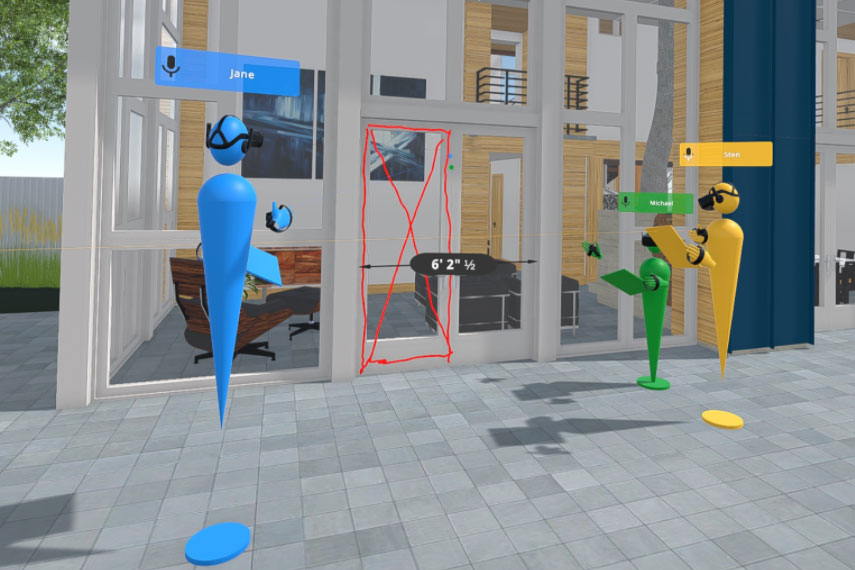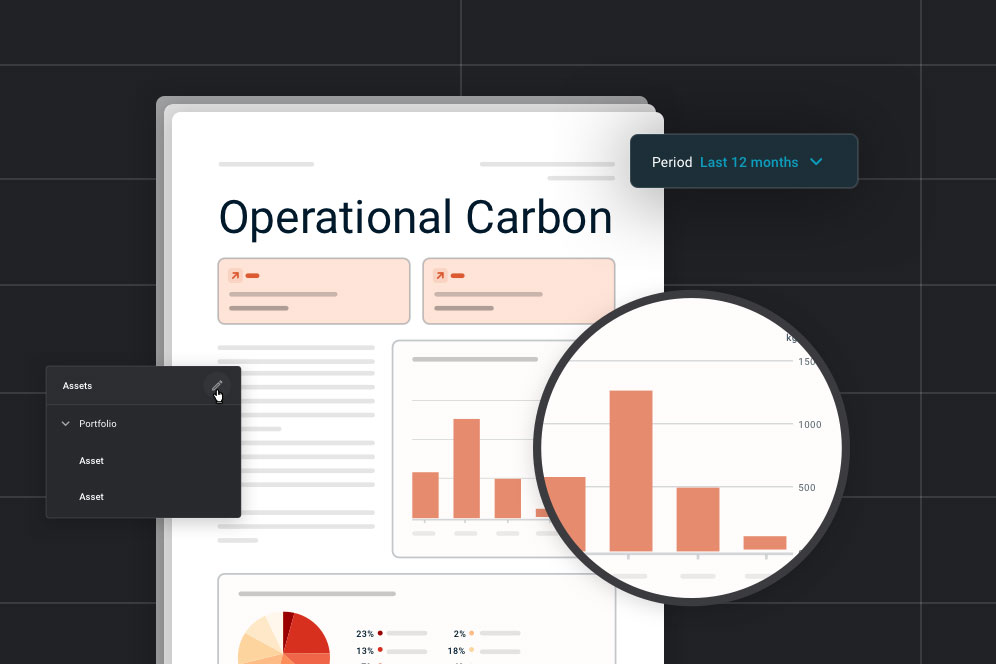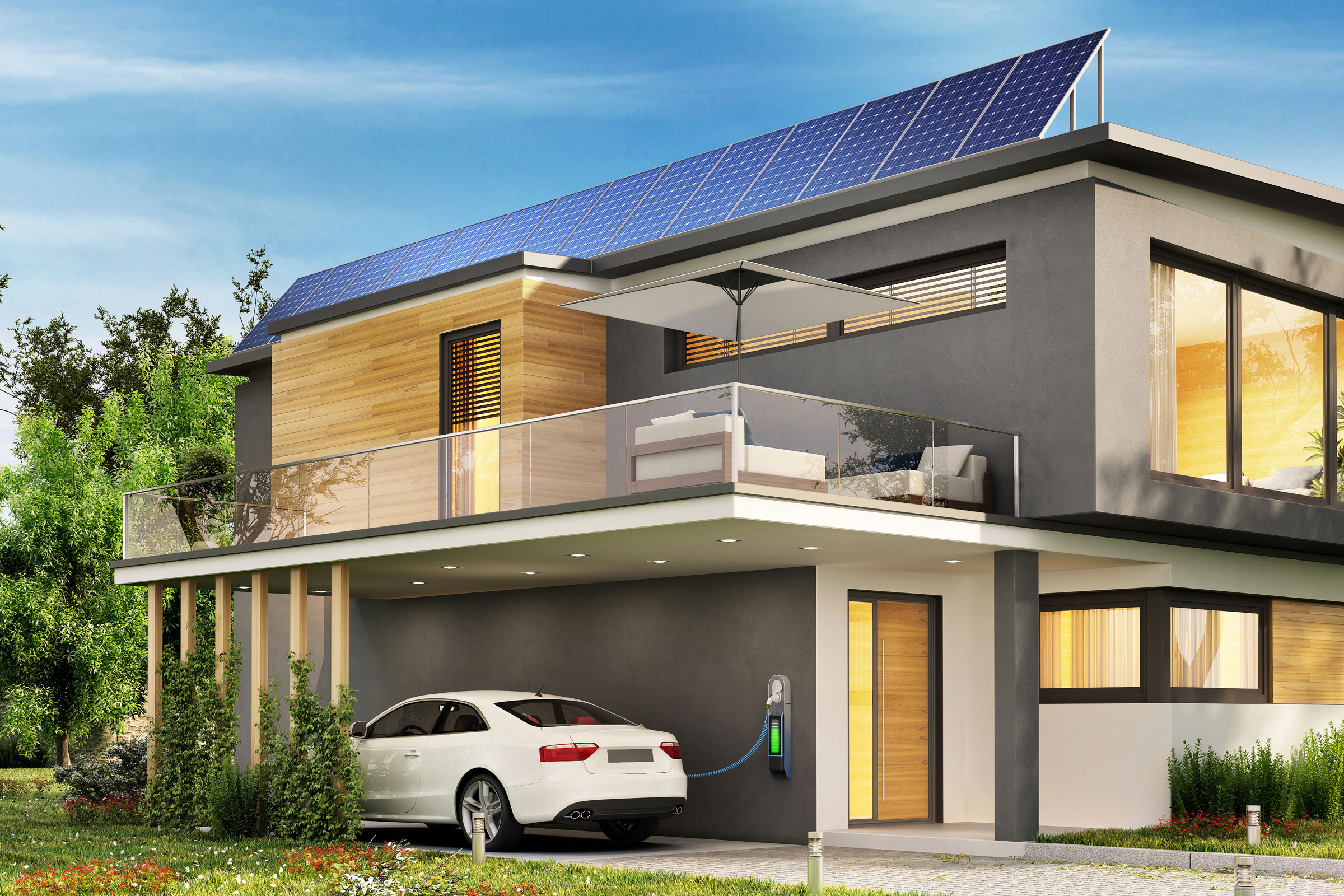Story at a glance:
- New technology is changing the way architects design and build.
- Virtual reality immerses stakeholders in buildings before they physically exist.
- Many companies are using data to make personalized recommendations for designers and stakeholders.
New products and creative collaborations are changing the way architects design and build.
From a virtual reality product that allows designers to experience the space before it’s built to a company that simplifies the process of prefabricated construction, today’s high-tech green building solutions are providing innovative tools to shape the built environment. Here are some we’ve got our eye on.
1. Modulize

Developer’s rendering in Modulize, an Oslo-based startup that simplifies prefabrication in construction. Rendering courtesy of Novium
Modulize is an Oslo-based company that simplifies design, planning, and procurement for prefabrication in construction. Company cofounder Håkon Kalbakk says the offsite construction software contributes to building a world where construction is faster, cheaper, and greener without sacrificing quality or character.
The green construction startup won Oslo Innovation Week 2021’s 100 Pitches competition, defeating more than 200 other companies from more than 40 countries. The market and the sustainability element of Modulize were key to their win. “They have a huge potential in two dimensions: large market in financial terms, where there is a need and potential for improvement with digital solutions, and large impact potential due to the carbon footprint of the target industry,” says Arne Tonning, head of the Oslo Innovation Week jury.
2. Otovo

Otovo helps homeowners find the best price and installer for solar panels, all without a home visit. Photo courtesy of Otovo
Otovo is on a mission to bring solar energy to homes across Europe. “We wanted to make an e-commerce experience out of doing this home improvement because it’s quite cumbersome to figure things out,” says CEO Andreas Thorsheim.
The company makes it easy for homeowners to get solar panels on the roof—without someone even having to visit their house. Otovo organizes more than 500 local, high-quality, and qualified energy installers and helps them scale their business. With proprietary technology, Otovo analyzes the potential of any home to find the best price and installer for customers based on an automatic bidding process between available installers.
“When you combine that knowledge of their cost with the knowledge of what you can build at this particular place, you can give people the answer to what it would cost to put 20 pounds up on their roof, and you can tell them, ‘This will save you 300 Euros off your electricity a month.’ You can give that kind of answer very precisely, and you can give the offer online in a second.”
3. Prospect by IrisVR

Workers and stakeholders can experience projects before they’re built using virtual reality. Image courtesy of IrisVR
The leaders at IrisVR say virtual reality (VR) gives architecture and design teams the ability to immerse workers and stakeholders in buildings before they physically exist, making pre-occupancy evaluations possible. Prospect allows you to load 3D files in sectors, imports native BIM metadata into VR, and automatically optimizes geometry. A free 14-day trial is available on their website.
Prospect by IrisVR is now part of The Wild, a recently acquired Autodesk company. “Autodesk’s acquisition … could create an even more seamless integration of VR into the platforms we use, leading to wider adoption, more capabilities, and a shift from what was once sci-fi to a daily activity,” says Brian Melton, technology innovation lead at Black & Veatch, on the IrisVR blog.
4. Varig

Varig provides insight on a project’s climate footprint to motivate behavior change. Image courtesy of Varig
Varig is a sustainability software that makes it easy for building owners, managers, and tenants to work systematically to improve their portfolio’s climate footprint. Launched in 2019, software translates building-relevant data into concrete measures linked to the UN’s sustainability goals.
With a focus on sustainability, Varig provides documented insight for selected buildings in a complete and user-friendly overview, all converted to CO2 equivalents. Varig aims to increase the parties’ awareness of sustainability and motivate behavior change.
5. YellowTin

The YellowTin platform provides stakeholders with personalized recommendations to save money and cut carbon by switching to clean technologies like solar, EV, battery, induction cooktop, and more. Rendering courtesy of YellowTin
“We help companies be climate-leading by allowing them to engage and empower their employee and/or customer stakeholders,” says Vishwas Ganesan, founder and CEO of YellowTin. “The YellowTin platform provides these stakeholders with personalized recommendations to save money and cut carbon by switching to clean technologies such as solar, EV, e-bike, battery, heat pump, induction cooktop, et cetera. As part of our service, we provide our customers with the data they need to drive impact and measure results.”
YellowTin was part of the 2021 cohort of USGBC-Los Angeles’ Net Zero Accelerator (NZA) companies. As part of the NZA program, green building experts counsel and coach pilot-ready companies on strategy, fit, and viability. Cohort members receive low-cost, focused acceleration to streamline and de-risk adoption with a curriculum that is customized to their needs and best leverages the expertise of more than 30 advisors.
USGBC-LA is now using YellowTin in several USGBC-LA projects, including the Green Affordable Housing Program. “We created the Net Zero Accelerator in 2019 to help fill the gap between policy and implementation, leveraging the solutions we have now to help us achieve our net zero future today,” says Ben Stapleton, executive director of USGBC-LA. “YellowTin is a great example of a solution that provides not just insight and analytics, but access to the tools and education needed for users to start implementation. We need to empower individuals, both renters and owners, to make educated decisions on how to reduce the carbon footprint as quickly as possible if we are going to create the shift needed to fight climate change.”

A dashboard on YellowTin shows costs and carbon impacts of different scenarios. Image courtesy of YellowTin
YellowTin offers:
Quick sign-up. After providing basic data, you select the clean energy lifestyle technologies that interest you and share your household energy usage.
Dashboard. Get personalized recommendations, including costs after incentives and how much money and emissions you can save over time. Utilizing the platform’s gamifications feature, you can run what-if scenarios to see both the dollar and carbon impact of various choices and combinations.
Education. Dig deeper into each technology to discover the upfront price, available incentives (along with links to apply), and net price after incentives. You can also view expected energy savings, financial payback and adjust usage and financing options to fit your specific needs.
Roadmap. Customizing your personal clean electrification plan with the energy choices you commit to take action. Dynamic recommendations are based on appliance age and new/expiring incentives.
Marketplace. You can request quotes with one click, purchase confidently, and start saving. You receive ongoing notifications of product and incentives updates and the resulting changes to their clean electrification roadmap.




